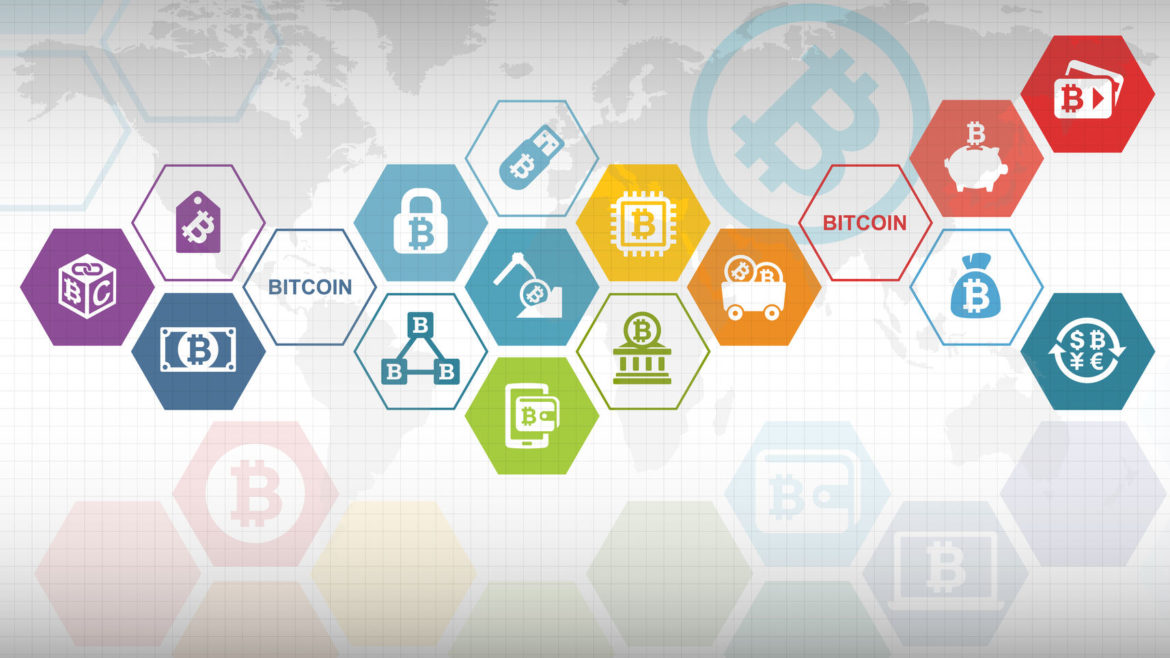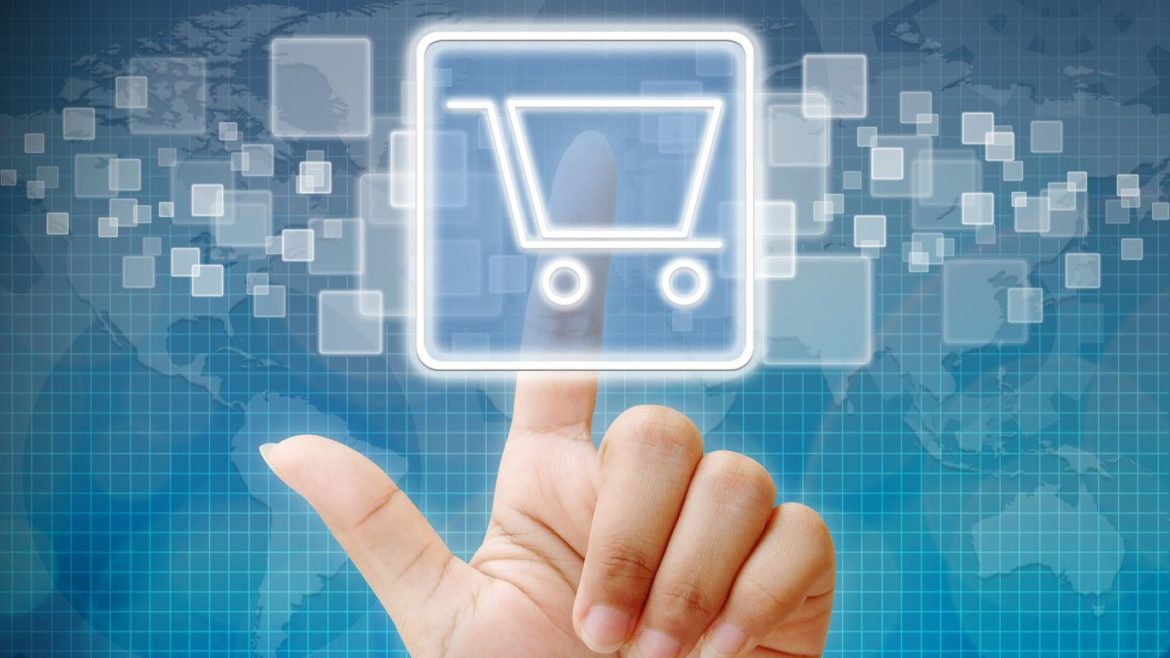Blockchain has been all the rage in the past few years. From cryptocurrencies to data privacy, they have been revolutionising transactions of data and money. But one question remains: will this revolution affect retail? If so, how? Samet Ensar Sari, Managing Partner at Altavia Dekatlon, draws upon on his experience and knowledge of marketing, branding and blockchain to analyse and explain how blockchain will affect the retail sector and what retail companies could do to prepare for the massive change that this technology will bring about.
Current trends in retail
Currently, all aspects of both the communication and retail spheres are evolving together. The retail sector used to be very complex, with many divisions such as HRE, marketing, stores, that were all managed differently. This was before the digital revolution we are currently undergoing. The arrival of giants such as Amazon and Alibaba considerably blurred the lines between offline and online retail. Borders, be these national or digital, have disappeared, giving way to an altogether new type of retail, which has dramatically changed customers’ expectations regarding retailers. And as any retailer knows, a customer-focus is genuinely the key to long-lasting retail success. There is no doubt that marketing and sales channels, and even stores, are changing. The example I like to use pertains to the movie industry but is applicable here. Indeed, Blockbuster took a long time to jump on the bandwagon of online TV, which cost them millions and allowed giants like Netflix to take over market share.
The digitalisation of the customer experience means first and foremost a rise in transparency and credibility. Having more information available means customers ask to know more about retailers. They also demand a more innovative and fast-paced industry, where we see a rising number of companies beginning to collaborate with start-ups. Partnering with a variety of sectors also allows retailers to cast off their previously narrow outlook on markets and gain insights from a varied range of actors. Finally, this cannot be sustained unless there is effective communication both internally and externally. While 10 years ago, social media had not yet been conquered by companies, and intranets were purely professional, it is rare today for a retailer not to have a presence on Twitter, if only for customer service.
There must be a focus on the developments now appearing in the industry. Disruption is part of markets and by not understanding that, retail companies risk a lot – even their own survival. Ultimately, the passion of retail will win out.
Blockchain and retail: friends or foes?
I think this depends on whether a company chooses to adapt or not, because disruption and adaptation go together.
First, we need to understand what blockchain is. As the technology behind Bitcoin, it was created in the hope of circulating information quickly and securely. For money transfers, for example, this eliminates the need to trust a third party while ensuring that a record is created, whose authenticity can be verified by the community. For example, the start-up TenX in Singapore connects a customer’s cryptocurrency wallet to their Visa wallet, allowing consumers to use their Visa to spend their cryptocurrencies. These ground-breaking start-ups will influence consumer behaviour and ultimately create a need for retailers to adapt their behaviours. Accordingly, blockchain will enable retailers to adapt to their customers’ behaviour and grow their customer base.
Many are thinking that the blockchain revolution will influence the retail sector at a purely financial level, but I believe this is not the case. In fact, there are many possibilities ahead of us: contracts that can self-execute without any authority could be one of them. Essentially, it will become a global decentralised source of trust – but not everyone is ready to embrace it.
The influences of blockchain
We can see today, for example, that the retail industry can be affected by different uses of blockchain.
One of those uses is inventory management. The retailer Walmart started to work with blockchain to track every product from purchase information to consumer information. By tracking these data, highly accurate analytics can be obtained, thus giving some retailers a chance to enhance their supply chain system.
Another application is tracking operations, coaching, resource control, which is an application already developed by a few European start-ups. This will allow companies to meet the expectations of consumers in terms of transparency while improving the quality of their products and services.
The processing of loyalty programs and claims could also be simplified, as demonstrated by the start-up Warrentees, which represents the rights of consumers in the market. Their customers are able to access information and receive immediate service in the event of malfunction through an automated program, ushering in the reign of smart contracts.
There is no single way in which blockchain will affect companies. Retail companies must use this approach to create more value for their consumers by implementing and improving the quality of increased numbers of new services. In the future, blockchain will be a determinant of a retailer’s survival: it’s therefore a matter of adopting a short-term vision versus a long-term one.
Managing the risks
Of course, first movers will have a chance to make an impact on potential customers, to gain a competitive advantage in the industry, and to disrupt the retail industry through this application, but they would be taking greater risks. Indeed, most companies today are not ready. It is not an easy technology to understand, especially since, once adopted, it will affect every division within the company and its related industry. Of course, there are ways to learn more and to influence the form that the use of blockchain will take. The advent of consensus, immutability and cryptography for retailers will be a challenge. Indeed, retailers’ associations are also being formed to create rules around the uses of this technology. It is essential that companies contribute to this discussion and that their individual needs are met.
I think that there is no doubt that blockchain is the next big revolutionary technology. Market research suggests that blockchain could reach critical mass in terms of adoption by 2020 and consumer approval by 2025. That is why I believe that retailers need to overcome this challenge by turning it into an opportunity, together.



